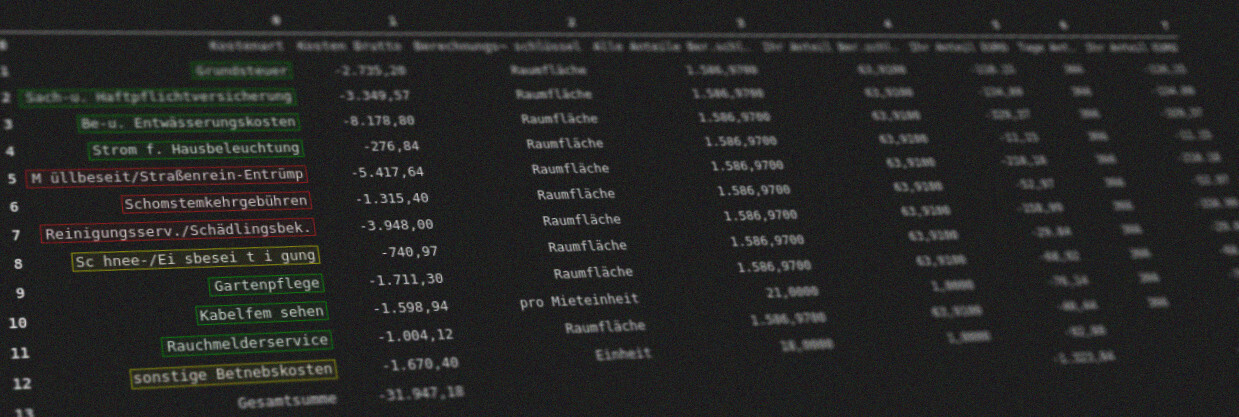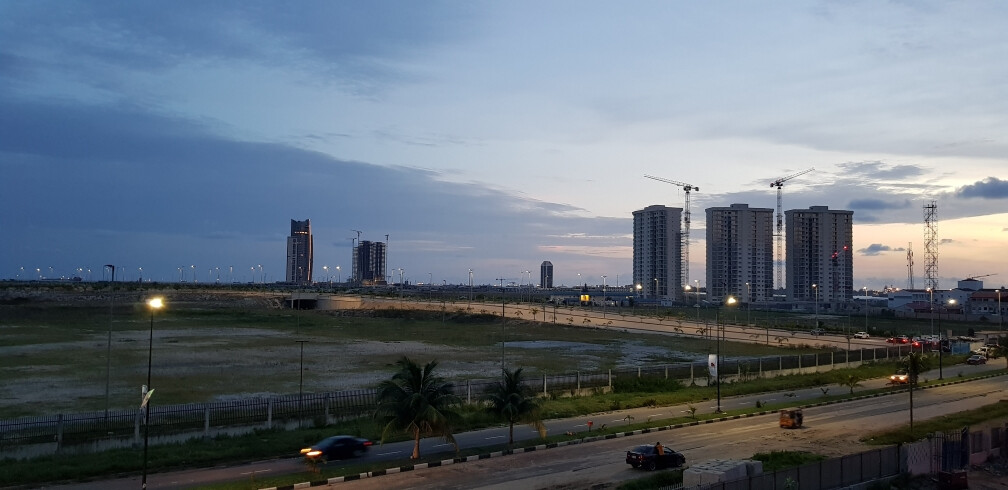Contamination detection in industrial 3D printing
AI-based detection of nozzle contamination in industrial 3D printing
Infrared images of 3D printer nozzle
Optimise manufacturing process by reducing the need for human visual inspections
Detection and classification of nozzle contamination

.jpg)
.jpg)

